Whether you are traveling to South America and have a layover that can be extended in Santiago or you are just visiting the capital of Chile, there are a few things you just can’t miss in this lovely city. From specific neighborhoods to restaurant options to must-see tourist attractions, our guide is meant to provide you with some solid options as well as inspire you to spend some time in Santiago.
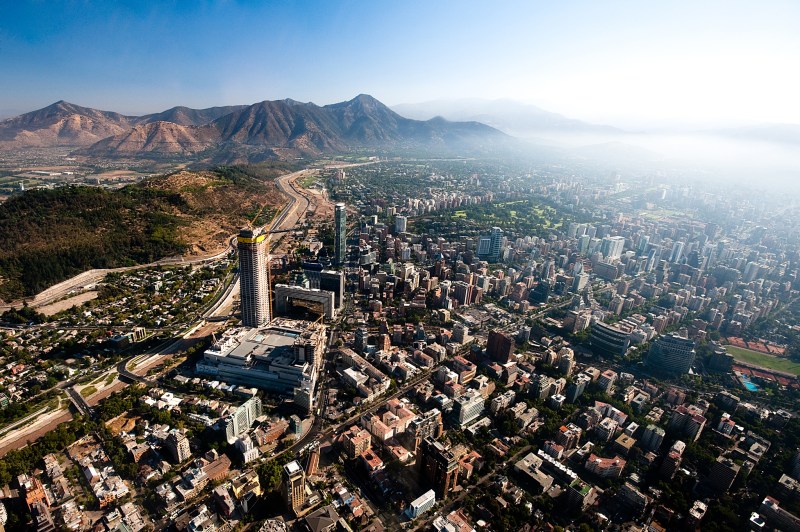
Saturated with colonial architecture blended with steel skyscrapers — like the Gran Torre Santiago, Latin America’s tallest building — Santiago sits in a valley of the Andes Mountains surrounded by snow-capped peaks. Home to approximately 5.6 million, a third of the entire country’s population, Santiago’s diversity is clearly distinguished with the different barrios (neighborhoods) located within the capital city.
Author’s note: International news media has currently been exaggerating the extent of the dangers of visiting Santiago due to organized peaceful protests that have been taking place weekly. From what I personally witnessed while there, the only danger that may come to tourists who are visiting is if they happen to go near the organized protests. The police have been authorized to use force, including rubber bullets, to disperse crowds, which has resulted in many serious and permanent injuries. It’s recommended that you avoid areas where locals are protesting or marching. But to be clear, there are no violent riots taking place.
Santiago Neighborhoods to Explore
Bellavista: This bohemian neighborhood is decorated with vibrant street art and is known for its late-night scene. The streets are lined with bars, clubs, and great places to eat. Also important to note, the neighborhood provides direct access to Cerro San Cristobal through Santiago’s Metropolitan Park and offers one of the best views in the city.
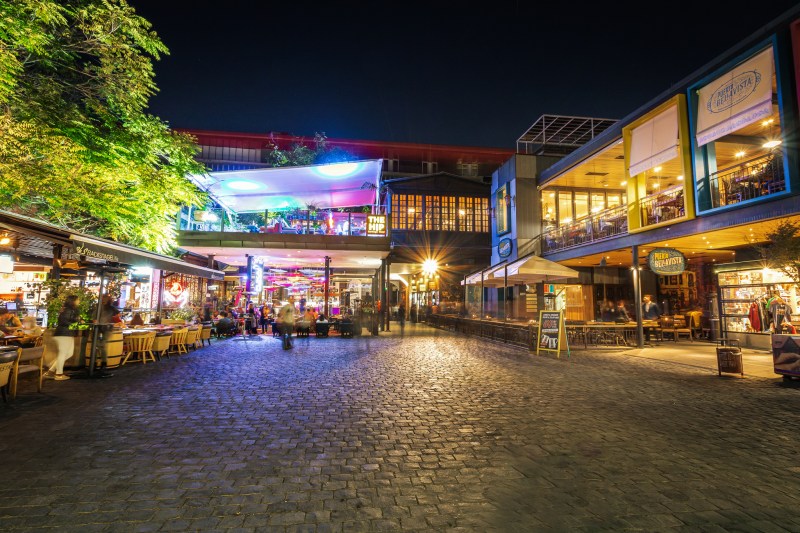
Parque Bustamante: Located between the center of the city and the rest of the province, Parque Bustamante is chock full of bold architecture that surrounds many small parks. Come here to find cute coffee shops and inviting park benches that are perfect for people watching. The neighborhood is also home to Café Literario, a public library and café.
Barrio Italia: Located in the northern parts of the city, Barrio Italia is the true bohemian center of Santiago. Here you will find old Italian-influenced buildings and lots of tasty restaurants with international cuisine. Barrio Italia is home to many of the city’s youthful and artistic residents.
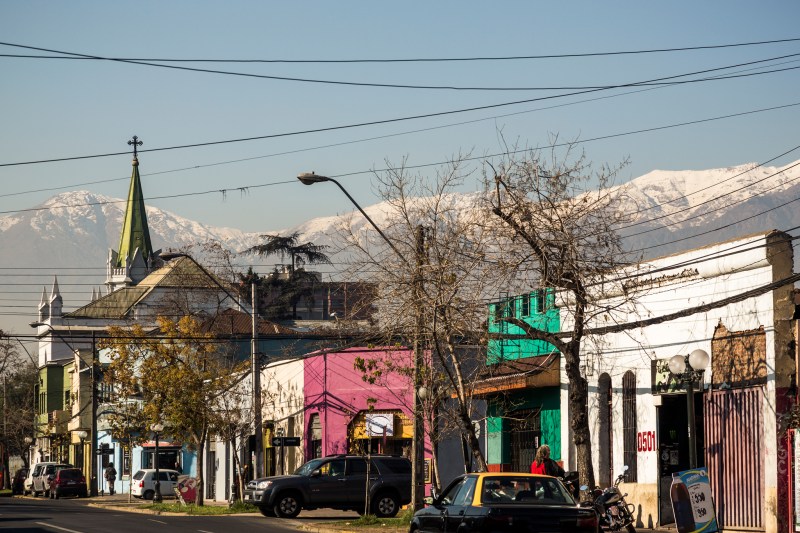
Bellas Artes and Lastarria: Both of these neighborhoods surround Museo Bellas Artes, which is why they combine to be a slightly more fashion-forward, artsy barrio. This is the place to come on the weekend when looking for books and antiques. In addition to access to this incredible art museum, Cerro Santa Lucio borders Lastarria from the center of Santiago and offers incredible views.
Centro Historico: The historical center of Santiago is home to Plaza de Armas, one of the main plazas in the city, the Cathedral of Santiago, and the National Historical Museum. Head here to learn about the history of Santiago as well as witness some of the many street performers that dominate the area.
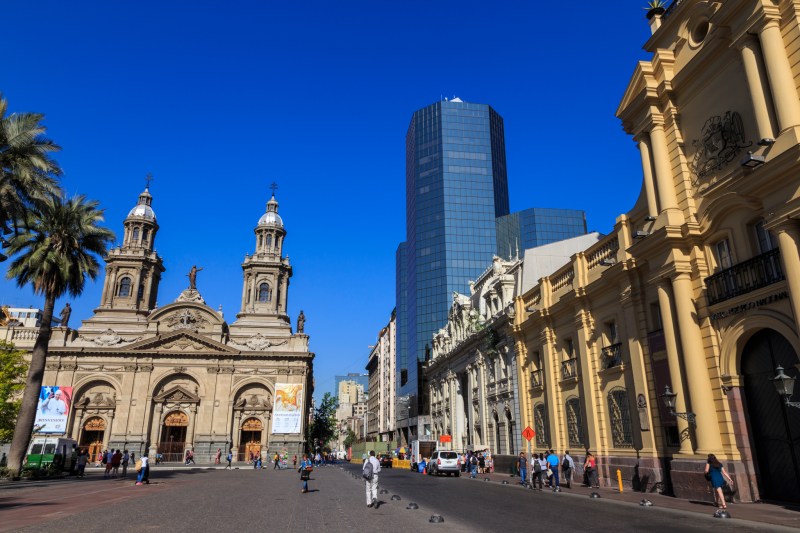
Patronato: Located north of Bellavista, Patronato is the city’s cosmopolitan hub with a large international population. This neighborhood is best known for its diversity. The barrio is filled with unique shopping and eating experiences that are not typical of Santiago, so come here for something that is distinctly different from the rest.
What Not to Miss
Museo Chileno de Arte Precolombino: Santiago has many wonderful museums worth visiting but you should absolutely start with Museo Chileno de Arte Precolombino, which houses a massive collection of artifacts from many different cultures and ancestries of Central and South America. Here you will find various works of pottery and jewelry and most importantly, English translations to help ensure a smooth experience.
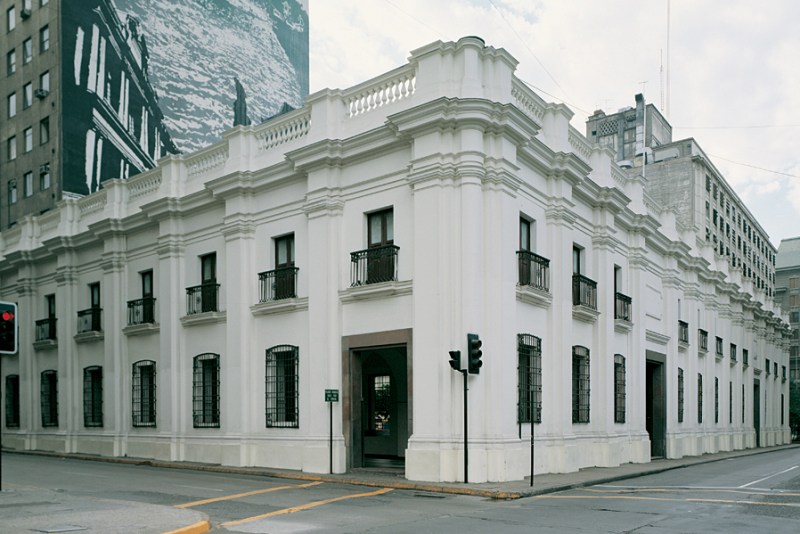
San Cristobal Hill: Since Santiago is located at a higher altitude, it might be best to save this activity until you’ve become acclimated to the difference in altitude. After a 45-minute moderate hike to the top of the hill, visitors will find the Chilean National Zoo, as well as 1,800 acres of park, including a Japanese garden. For those not looking to hike, you can also take a funicular ride to the top, which boasts more incredible views of the city.
La Chascona: One of the most internationally recognized Chileans of all time is famous poet and politician Pablo Neruda. All three of his homes have been transformed into museums for tourism, but it’s La Chascona, his home in Santiago, which garners the most attention. The home was built with multiple levels into the base of San Cristobal hill in Bellavista. Visitors can take a self-guided audio tour of the home where they can learn about not only the architecture but how it was nearly destroyed in 1973 after the military coup that overthrew Chile’s then-president.
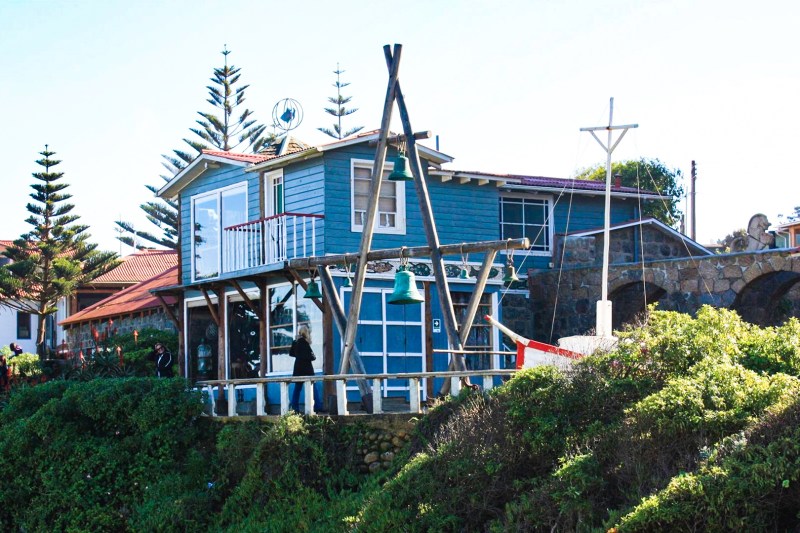
Where to Eat
Happening: Situated in the Las Condes neighborhood, the Happening Restaurant specializes in Argentine food, emphasizing meat-based dishes. The restaurant is equally recognized for the variety and quality of wines it offers. The servers here are happy to guide you when it comes to choosing the cooking point of the meats, as there is a wide selection from traditional wide steak to loin medallion to tenderloin steak.
El Ancla: Come here for fresh fish and seafood in a pleasant environment with personalized attention. From its varied menu, exquisite dishes like the seafood spaghetti definitely stand out. The seafood-forward menu also features empanadas, chowders, and meats.
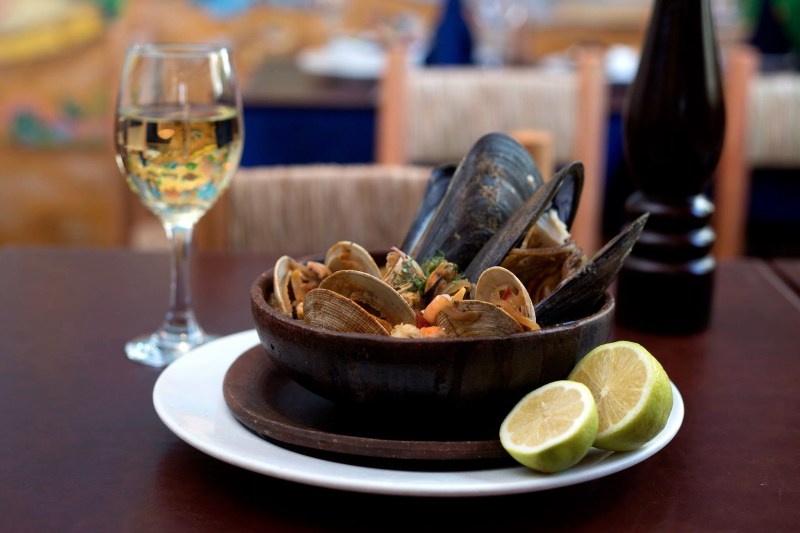
Karai: Located inside the W Hotel Santiago, Karai is an upscale restaurant that serves fascinating Japanese-Peruvian fusion cuisine. If you are craving sushi, this is your spot. Don’t miss out on the fresh ceviche or softshell crab sliders either.
Bocanariz: Chile is one of South America’s largest wine producers. For a crash course in the country’s wine, head to Bocanariz, which showcases over 30 local wines with a food menu built around the wine so that it can be perfectly paired with the country’s best varietals, including chardonnays and cabernet sauvignons.
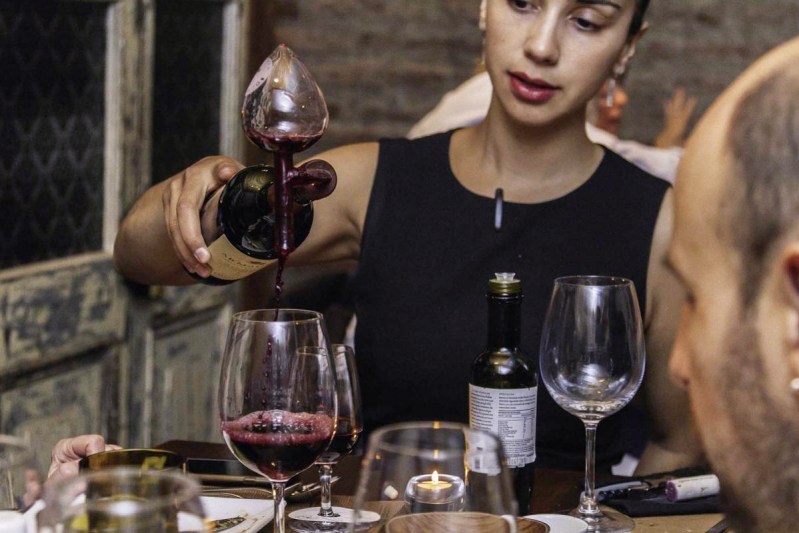
Borago: Named one of the world’s 50 best restaurants, chef Rodolfo Guzman has been credited with reinventing the Santiago food scene. He is best known for foraging the Chilean landscape, from the mountains to the seas, which results in a unique dining experience.
Where to Stay
Pullman Santiago Vitacura (Ex Atton) Hotel: Located in Santiago’s financial center, near tourist sites and in one of the most sophisticated neighborhoods, Pullman offers spacious rooms with incredible views of the city or Los Leones Golf Club, depending on the direction you are facing.
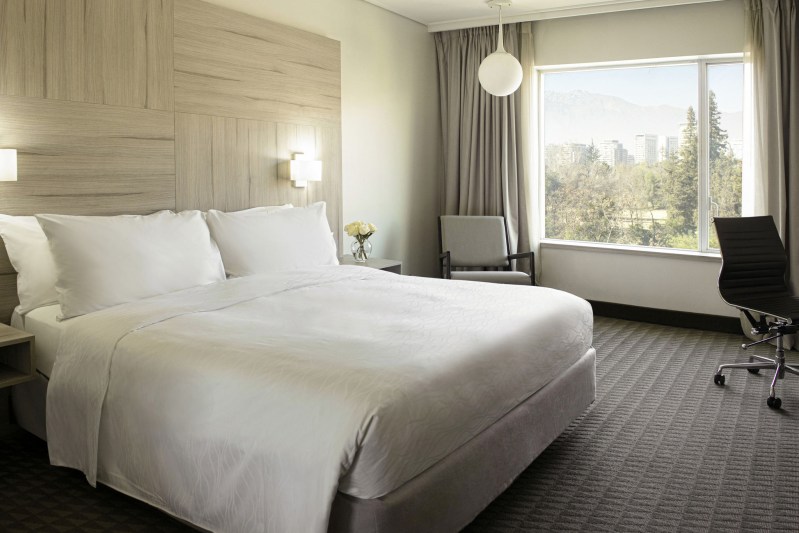
Hotel Boutique Castillo Rojo: What once was a 1920s home is now a boutique hotel with a candy apple red exterior, hence its name, which translates to “red castle.” The old German-mansion-turned-hotel is in the Bellavista neighborhood and features just 19 guest rooms. This artsy option is as unique as the barrio it’s located in.
Editors' Recommendations
- How to Enjoy a Hawaiian Vacation with the Kids in Tow
- 12 Reasons South Dakota Deserves Your Attention


